

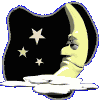


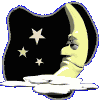



The story of how this observatory came to be, and the fateful path by which astronomical imaging led to a wondrous change in my family's life, began in the spring of 2007. At that time, I had been teaching Introduction to Astronomy at the Simon Fraser University physics department for several years, and persuaded my Chair that we needed a new telescope. So, on behalf of the department, I ordered a Meade LX-200 8" telescope and, on a last-minute whim, decided to include in the order the small CCD imager, the Meade DSI (about 0.5 megapixel, colour one-shot version). I had a vague idea that CCD cameras were a leap forward over the earlier era of amateur astronomy film emulsion imaging, but was stunningly ignorant at this time of just how much of a renaissance and revolution the field of amateur astro-photography was undergoing; for instance, at that time it had still not sunk in that many, if not most, of the most beautiful images on Astronomy Picture of the Day (which I was already into in a big way) were produced by "amateurs".
Soon, I would be caught up in this renaissance, recognizing the possibilities driven by the advent of fabulous new and relatively affordable large-aperture telescopes, with optical systems designed for razor-sharp imaging, together with mounts of stunning mechanical precision, and large, cooled CCD cameras specially designed for astronomy, along with powerful software for running the control systems and post-processing the image results.

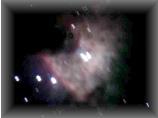 But in March 2007, when the SFU gear arrived, I had no idea of what I was getting into. Within days, after trying out the new gear on downtown buildings in the daytime from my living room, I had my first evening of imaging, on March 24 2007. I was pretty ambitious, going for the Orion Nebula, and Saturn, with disappointing results, before settling on an easier target, the Moon. But now I was hooked. By April 2, my technique improving, I got a pretty decent image of Saturn.
But in March 2007, when the SFU gear arrived, I had no idea of what I was getting into. Within days, after trying out the new gear on downtown buildings in the daytime from my living room, I had my first evening of imaging, on March 24 2007. I was pretty ambitious, going for the Orion Nebula, and Saturn, with disappointing results, before settling on an easier target, the Moon. But now I was hooked. By April 2, my technique improving, I got a pretty decent image of Saturn.
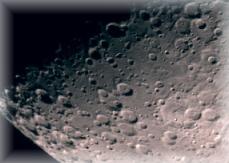
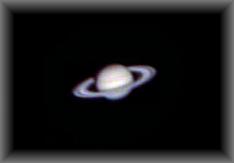
Within a month, I was getting some decent colour images of deep sky objects, here's M51 on May 8 2007, and M57 on May 10 (notice the out-of-focus stars in that one!). I was stunned at what was possible with such modest equipment, even for a newbie in the heavily-light polluted skies of urban Vancouver. Imagine, a newbie, capturing the spiral arms in the Whirlpool, and the 15th magnitude white dwarf at the centre of the Ring Nebula, from the city, in just minutes of exposure!
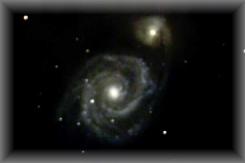
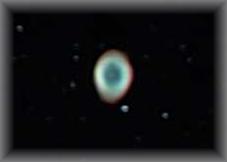
Fast forward to the fall of 2007, by which time I was routinely imaging for public star parties at SFU, first for students in my Introduction to Astronomy course, and then more broadly for members of the university, an effort that would soon grow into an all-consuming outreach program for the general public, a program that I call Starry Nights @ SFU (for the 2009 International Year of Astronomy alone, we hosted over 3,500 members of the public at a variety of astronomy events, including over 2,150 grade-school age kids at daytime astronomy workshops, where schools, community groups, and individual families can receive a free starter telescope - a 60mm refractor complete with tripod and two eyepieces!).
Here are a few of of my favourite "public" images, shot "live" at these SFU star parties:
October 30 2007: Comet Holmes (left); and December 7 2007: Messier 1, the Crab Nebula (right) -
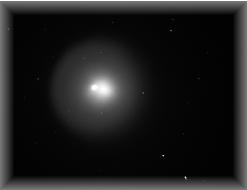
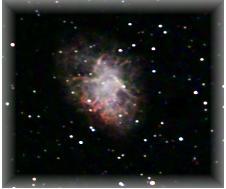
Here is the best image I shot with the SFU gear, of the Orion Nebula, again at a public star party, on February 18 2009, still using the 8" Meade LX200R, but after we upgraded to the Meade DSI-III camera, with a 1.4 Megapixel chip:
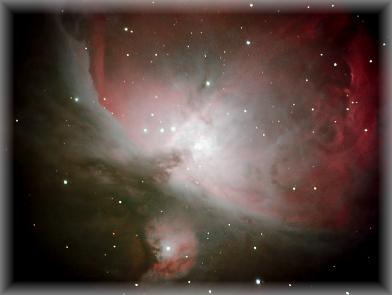
Meanwhile, I had been thinking deeply about getting my own equipment for "serious" imaging, something relatively portable, but with a mount solid enough to avoid the "jiggling" so common with instruments like the Meade, which are great for visual use, but where the large apertures generally overload the carrying capacity of the inexpensive mounts. I still had no idea of the odyssey that I had already embarked upon, and where this obsession with astronomical imaging would carry me and my family ....
History of the Cabin in the Sky Observatory!
And how astro-imaging changed my family's life: Part I



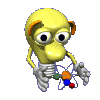




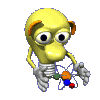












Copyright © 2014 Howard Trottier





